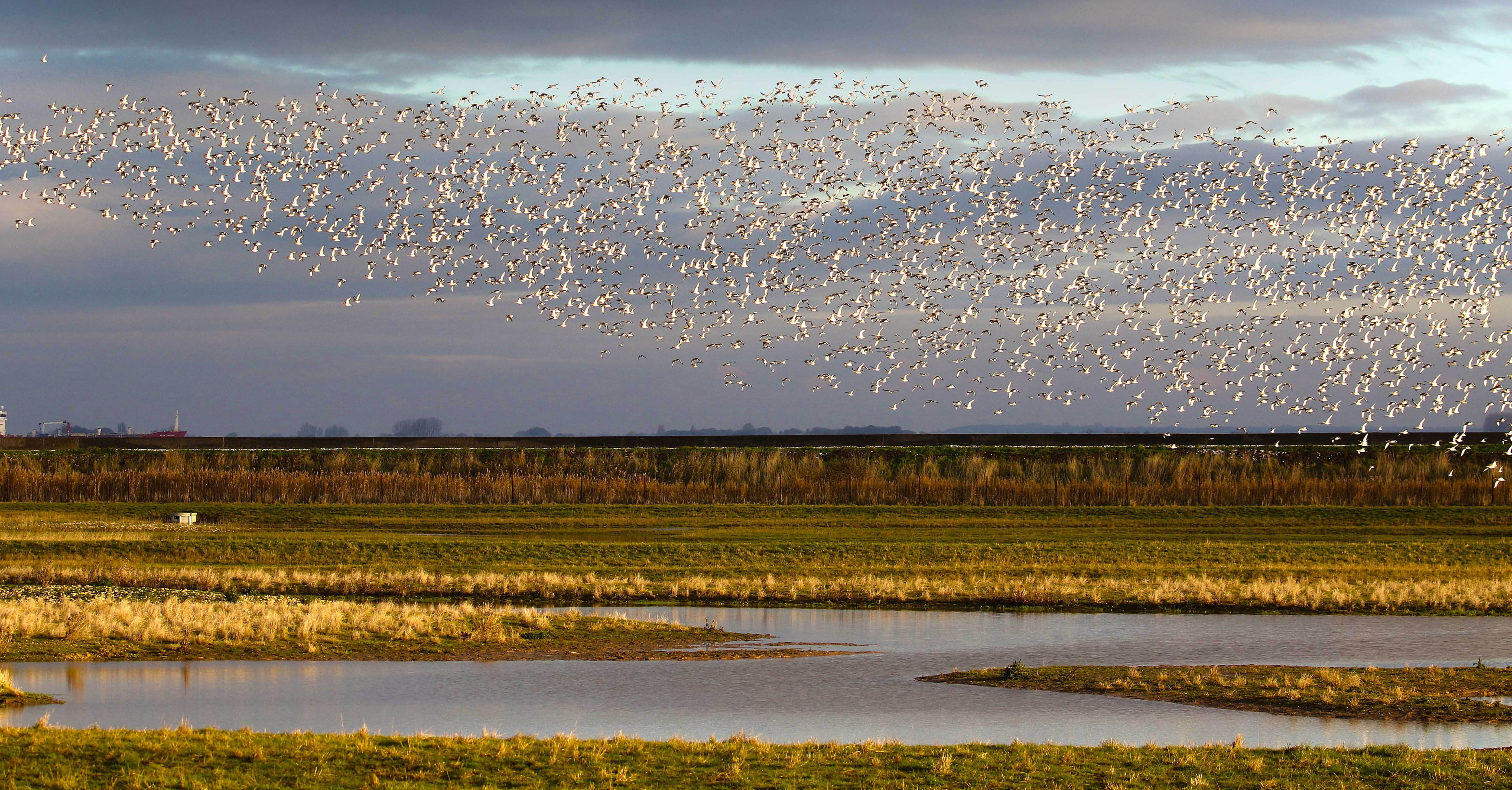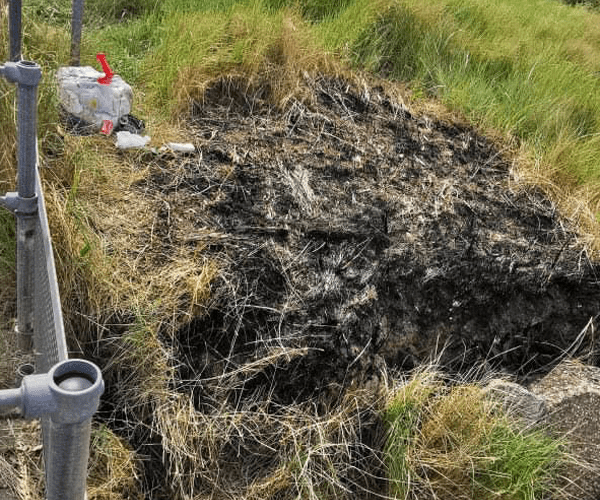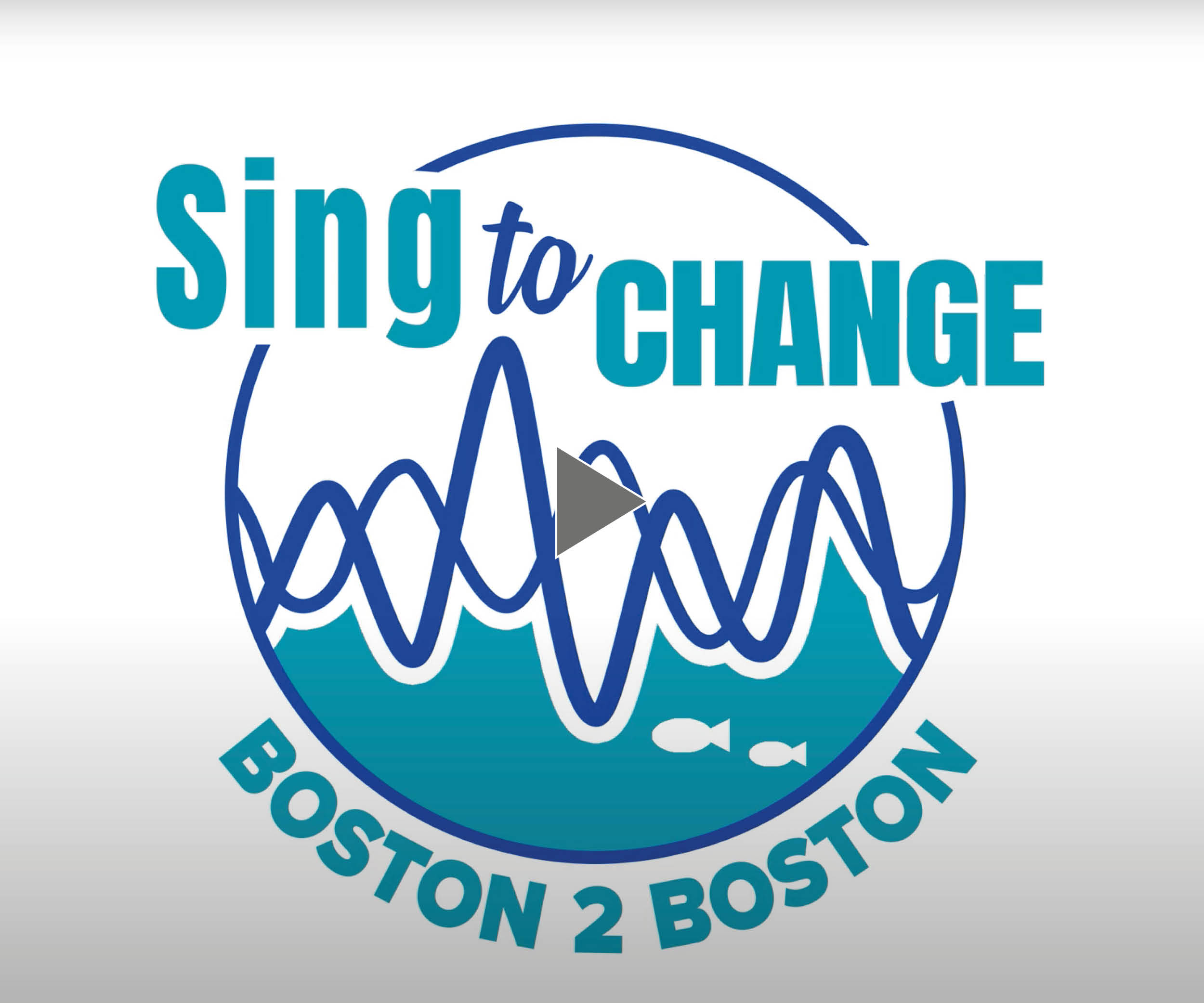Stuart
1/3/2024 10:09:14 AM
3 mins read

A HIGH tide roost site opened in North East Lincolnshire in late 2022 is seeing record numbers of birds flocking to the area to feed and rest for the winter.
Despite being in the early stages of recording information at the fledgling site, Novartis Ings is already seeing significant numbers of birds visiting the wetland. An impressive 1,200 Redshanks have been seen, along with 7,000 Black-tailed Godwits at Novartis Ings alone.
Last October, a juvenile Shag and a Red-throated Diver caused a stir in the local bird-watching community, while a Goldeneye has also been seen in recent weeks.
Sian Niblo, Ecology Technician at North East Lincolnshire Council, said: “There is plenty of water onsite, given the weather we have been experiencing recently, which has allowed for perfect conditions for these birds.
“A core team of regular volunteers, who are avid bird watchers and nature enthusiasts, regularly visit the hide at Cress Marsh. They can record what they see during the time they are there on a Google data sheet, which asks for the species, how many, what time they were seen etc, and from this we can deduce how many are there at any given time of day.
“At Novartis Ings, which has been undergoing Environment Agency works, the birds can often be seen feeding on the mud flats over the opposite side of the nearby North Wall and when the tide comes in, they cluster and fly over the wall to feed and roost. A volunteer visits this site daily and records the bird activity during his visits, as he has done since before the site was prepared as a wetland.”
Other data comes from the Wetland Bird Survey data (WeBS), and via Roger Wardle, a local wetland consultant who was responsible for creating Cress Marsh and Novartis Ings alongside NELC.
Many of the visiting birds use one of the two mitigation sites – the other being the nearby Cress Marsh – as a temporary base during the winter months, flying south to the Humber area from the Arctic, or as a rest stop before flying further south. Every year, 90-million birds fly along the East Atlantic Flyway, a super-highway that follows the coastlines from the Arctic, through Europe and into Africa. Many of the birds are attracted to the rich feeding grounds of the Humber Estuary, where they enjoy the quiet of the coastline before returning to their breeding grounds in the spring.
Novartis Ings and Cress Marsh are mitigation sites, created as part of North East Lincolnshire Council’s SHIIP project (South Humber Industrial Investment Programme). The two sites now total approximately 75 acres of designated ecological land. SHIIP was created to encourage long-standing businesses and start-ups to take advantage of the creation of new industrial sites and major infrastructure investments, including the Pioneer Business Park and Humber Link Road. Novartis Grimsby and Solenis were instrumental in NELC’s acquisition of these sites.
Portfolio Holder for Environment and Transport Cllr Stewart Swinburn said: “These sites are important for balancing the industry of the area with the natural environment, and it is very positive that the newest site, Novartis Ings, is attracting so many birds.
“I understand that the there are few places that the Black-tailed Godwit and Redshank can be seen in such numbers, so we are very lucky to have them here, and to have a habitat in which they can thrive.”
While Cress Marsh is closed to the general public, bird-watching enthusiasts can head for the hide at Novartis Ings during daylight hours. People walking in the area should also keep to the designated footpaths and keep dogs under control.




